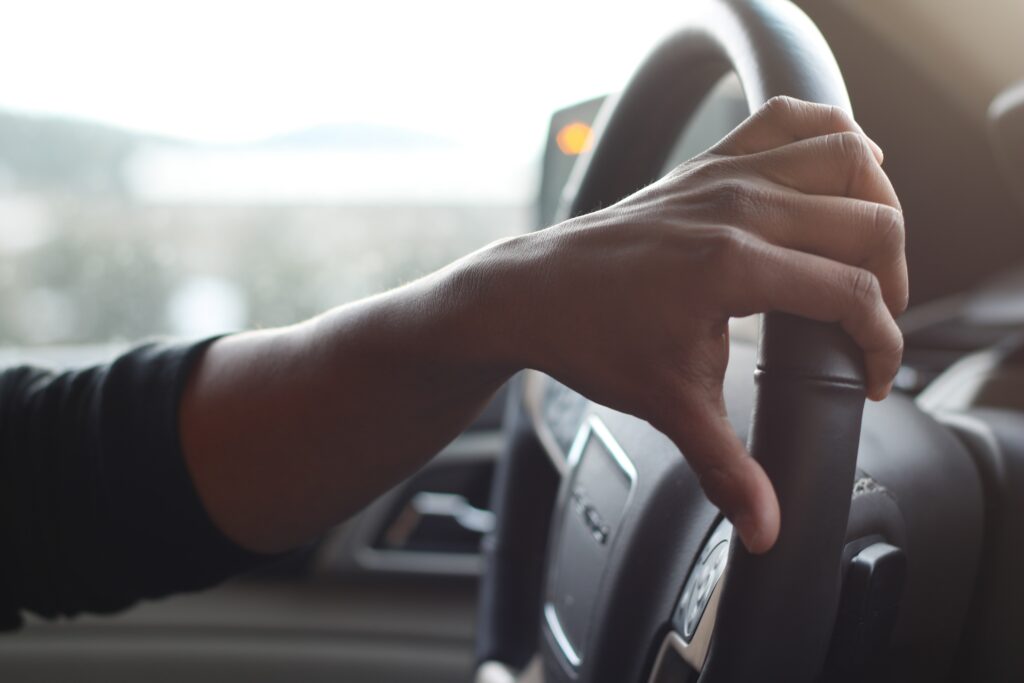When you’re behind the wheel, you may think more about other vehicles than you do pedestrians. Pedestrian safety should be a top priority, however. In Nevada alone, a pedestrian is killed every 88 minutes in traffic.
According to the NHTSA, there was more than a 3% increase in pedestrian fatalities in 2018. The total amount of deaths was nearly 6,300, and that was the most pedestrian traffic deaths since 1990.
There are steps, not just drivers but also pedestrians can take to reduce this risk.
For example, as a pedestrian, it’s important to follow all the signals and rules of the road, like staying on sidewalks. You also need to be aware of your surroundings and mindful of what’s happening around you. This might mean that you shouldn’t listen to music on your headphones when you’re in a high-traffic area.

Along with general driver’s safety and following guidelines as a pedestrian, there’s an emphasis on putting more safety features on new vehicles that are geared toward protecting pedestrians.
If you think about safety standards for vehicles and the features they’re equipped with, there are very few that are geared specifically toward pedestrians, although it seems that carmakers may be taking steps to change that now.
The following are some things to know about potential car safety features that protect pedestrians.
A Push from the Government Accountability office
The Government Accountability Office (GAO) is now formally asking that the National Highway Traffic Safety Administration start doing what a lot of countries did years ago—requiring carmakers to test how likely it is that their vehicles will kill a pedestrian if there’s a collision.
Right now, federal regulators only require car manufacturers in the U.S. to meet standards for the people inside a car.
However, internationally, there have been standards since 2008 to mitigate pedestrian crashes.
Currently, the U.S. leaves it up to individual carmakers when deciding whether or not to include pedestrian safety features on their vehicles. Carmakers are also allowed to charge customers more for these safety features. Some of the safety features that could potentially prove helpful in preventing pedestrian deaths include automatic emergency braking and alarms that let you know if you’re approaching anything, including a human body.
Vision Zero
As long as more potentially needing to be done by carmakers to include features to prevent pedestrian casualties, some U.S. cities are taking matters into their own hands.
For example, more than 40 cities have committed to something called Vision Zero. Vision Zero is a global initiative that focuses on street redesign to reduce the likelihood of deadly crashes.
The Problem with Current Technology
As has been touched on, the primary types of car safety features to look for if you’re interested in reducing the risk to pedestrians when you’re behind the wheel are automatic sensors and similar features. These features do reduce the risk to pedestrians somewhat, but they’re far from perfect as they currently exist.
For example, a AAA study from 2019 found that pedestrian detection was altogether ineffective at night, yet the night is when pedestrian deaths are most likely to occur.
These systems also require that in order to bring any benefit to pedestrians, the car or truck is operating at a relatively low speed. Otherwise, even with the detection working the way it’s intended, there might not be enough time to avoid a pedestrian.
Some are calling for more use of a speed governor, which prevents acceleration above a certain limit. Proponents say these could drastically improve street safety, especially when you’re driving in urban areas.
For example, there was a review of studies that found as a pedestrian, there’s a 95% chance of surviving a collision if a vehicle is traveling at 19 mph. That survival chance goes down to 10% if the vehicle is traveling at 50 mph.
Some of the other technology that’s becoming increasingly available on new vehicles that might help pedestrians include better headlights that will brighten the area in front of a driver and the use of something called vehicle-to-infrastructure.
Vehicle-to-infrastructure is a concept where vehicles are equipped to communicate with road equipment and vice versa. For example, there might be signals transmitted by intersection equipment that lets drivers know pedestrians are in the area.
If you are in the market for a new car, along with thinking about the safety features that will protect you inside the car, you might also want to research which features could be most effective to protect pedestrians around you, especially if you’re going to be driving in an urban area.









